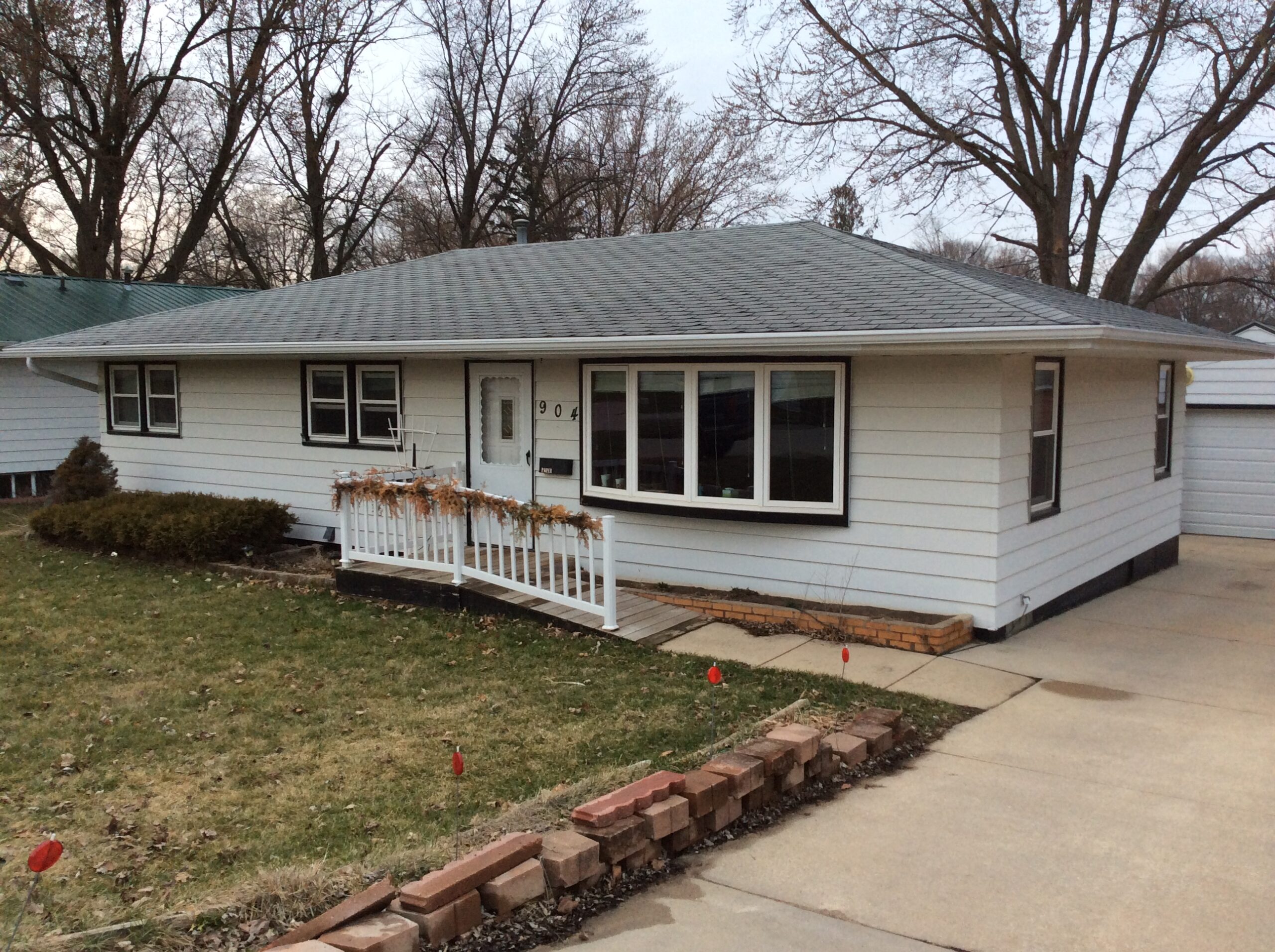Iowa’s real estate market offers a range of opportunities for investors interested in long-term rental properties. With its strong agricultural sector, growing economy, and stable housing market, Iowa presents an attractive environment for real estate investments. When considering investment opportunities, understanding the significance of the Debt Service Coverage Ratio (DSCR) is essential. In this article, we will delve into Iowa’s long-term rental real estate market, explore the concept of DSCR, and provide insights on making informed investment decisions.
Iowa’s Long-Term Rental Real Estate Market
Iowa’s real estate market encompasses a mix of urban and rural areas, each with its unique rental demand and investment potential. Cities like Des Moines, Cedar Rapids, and Iowa City offer diverse economic opportunities, while smaller towns and rural areas provide a tranquil setting for long-term rentals. Understanding local market dynamics, population trends, and economic indicators is crucial for identifying promising investment opportunities in Iowa’s real estate market.
Understanding the Debt Service Coverage Ratio (DSCR)
The Debt Service Coverage Ratio (DSCR) plays a pivotal role in assessing the financial viability of an investment property. It measures the property’s ability to generate sufficient income to cover its debt obligations, such as loan payments and associated costs. By evaluating the DSCR, investors can gain insights into the property’s cash flow potential and risk level.
To calculate the DSCR, divide the property’s net operating income (NOI) by its annual debt service. The NOI represents the property’s income after deducting operating expenses but before accounting for debt payments. A DSCR ratio of 1 or higher indicates that the property generates enough income to cover its debt obligations.
Lenders and investors typically prefer a higher DSCR ratio, such as 1.25 or above, as it demonstrates a stronger ability to generate consistent cash flow and meet financial commitments. A higher DSCR ratio provides a cushion to account for unexpected expenses or fluctuations in rental income. It is important to note that different lenders may have varying DSCR requirements, so it is crucial to understand their specific criteria when seeking financing for an investment property in Iowa.
Factors to Consider in Iowa’s Long-Term Rental Market
When exploring Iowa’s long-term rental market and considering the DSCR, several factors should be taken into account:
- Location and Rental Demand: Evaluate the location within Iowa and assess the rental demand in the area. Consider factors such as proximity to amenities, employment opportunities, educational institutions, and transportation options. Locations with strong rental demand and limited supply often yield favorable DSCR ratios.
- Property Cash Flow: Estimating the property’s net operating income (NOI) is crucial for understanding its cash flow potential. Consider projected rental income and deduct expenses such as property taxes, insurance, maintenance costs, and property management fees. Positive cash flow contributes to a healthy DSCR ratio and indicates the property’s potential as a viable long-term rental investment.
- Market Research: Conduct comprehensive market research to understand local rental market trends, population growth, economic indicators, and future developments. Analyzing market conditions and forecasts helps assess the potential for rental income growth and long-term investment stability.
- Financing Options and DSCR Requirements: Research lenders who offer financing options for investment properties in Iowa and familiarize yourself with their specific DSCR requirements. Each lender may have different criteria for the minimum acceptable DSCR ratio, down payment requirements, interest rates, and loan terms. Exploring multiple financing options allows you to find the most suitable fit for your investment goals and financial capacity.
- Property Management and Expenses: Effective property management is essential for maximizing rental income, minimizing vacancies, and maintaining a healthy DSCR ratio. Evaluate the property’s operating expenses, including property taxes, insurance, maintenance costs, and property management fees, to ensure they align with the projected rental income.
Iowa’s long-term rental real estate market presents exciting opportunities for investors seeking stable income and long-term growth. By understanding the significance of the Debt Service Coverage Ratio (DSCR) and considering factors such as location, rental demand, cash flow projections, market research, and financing options, investors can make informed decisions. Thorough due diligence and analyzing the DSCR can help investors position themselves for success in Iowa’s dynamic real estate market.
Unveiling Opportunities: Top 10 Cities in Iowa for DSCR Loans
When considering real estate ventures or business expansions in the Hawkeye State, securing financing is often a crucial step. Debt Service Coverage Ratio (DSCR) loans provide a reliable avenue for many investors and entrepreneurs. If you’re contemplating such a loan in Iowa, you might be wondering where the most promising opportunities lie. Here’s a guide to the top 10 cities in Iowa where DSCR loans can be particularly advantageous:
1. Des Moines
As Iowa’s capital and largest city, Des Moines offers diverse opportunities for real estate investment and business development. DSCR loans in Des Moines often support projects in sectors such as finance, insurance, and technology, leveraging the city’s status as a major financial center and its strong market fundamentals.
2. Cedar Rapids
Located in eastern Iowa, Cedar Rapids is a dynamic city with a diverse economy and a strong sense of community. DSCR loans in Cedar Rapids can support projects that contribute to the city’s growth and development, such as manufacturing facilities, healthcare centers, and downtown revitalization initiatives, leveraging the city’s skilled workforce and strategic location.
3. Davenport
Situated along the Mississippi River, Davenport is a major economic center in Iowa. DSCR loans in Davenport can fuel projects that enhance the city’s quality of life, such as riverfront developments, entertainment venues, and public infrastructure improvements, capitalizing on the city’s strategic location and strong market fundamentals.
4. Sioux City
Located in northwest Iowa, Sioux City is a vibrant city with a diverse economy and a strong sense of community. DSCR loans in Sioux City can support projects that contribute to the city’s growth and development, such as manufacturing facilities, healthcare centers, and downtown redevelopment initiatives, leveraging the city’s skilled workforce and strategic location.
5. Iowa City
Home to the University of Iowa, Iowa City is a vibrant college town with a strong cultural scene. DSCR loans in Iowa City can support projects that enhance the city’s quality of life, such as downtown revitalization efforts, arts and cultural institutions, and public infrastructure improvements, capitalizing on the city’s talented workforce and strong sense of community.
6. Waterloo
Located in northeast Iowa, Waterloo is a dynamic city with a diverse economy and a strong manufacturing sector. DSCR loans in Waterloo can support projects that contribute to the city’s growth and development, such as industrial parks, technology innovation centers, and downtown revitalization initiatives, leveraging the city’s skilled workforce and strategic location.
7. Council Bluffs
Situated on the western border of Iowa, Council Bluffs is a bustling city with a diverse economy and a rich history. DSCR loans in Council Bluffs can fuel projects that enhance the city’s quality of life, such as riverfront developments, entertainment venues, and public infrastructure improvements, capitalizing on the city’s strategic location and strong market fundamentals.
8. Ames
Home to Iowa State University, Ames is a vibrant college town with a strong research and technology sector. DSCR loans in Ames can support projects that contribute to the city’s growth and development, such as technology innovation centers, student housing developments, and public infrastructure improvements, leveraging the city’s talented workforce and research capabilities.
9. Dubuque
Located in northeast Iowa along the Mississippi River, Dubuque is a historic city with a diverse economy and a strong tourism industry. DSCR loans in Dubuque can support projects that enhance the city’s quality of life, such as downtown revitalization efforts, cultural institutions, and public infrastructure improvements, capitalizing on the city’s rich history and scenic beauty.
10. West Des Moines
Situated west of Des Moines, West Des Moines is a thriving suburb with a diverse economy and high quality of life. DSCR loans in West Des Moines can support projects that contribute to the city’s growth and development, such as mixed-use developments, corporate campuses, and public amenities, leveraging the city’s strategic location and desirable amenities.
In conclusion, Iowa presents a wealth of opportunities for obtaining DSCR loans, with each city offering its own unique advantages. Whether you’re drawn to the urban energy of Des Moines or the college-town charm of Iowa City, there’s no shortage of potential for investment and growth in the Hawkeye State. With the right financing in place, the possibilities are endless.
Are you a lender who wants a free or premium listing on LendDing? Get started today!
Or Contact Us if you have a loan inquiry or question.
Choose Your State
AL | AK | AZ | AR| CA | CO | CT | DE| FL | GA | HI | ID | IL | IN | IA | KS| KY | LA | ME | MD | MA | MI| MN| MS | MO | MT | NE | NV | NH | NJ | NM | NY | NC | ND | OH | OK | OR | PA | RI | SC | SD | TN | TX | UT | VT | VA | WA | WV | WI | WY






